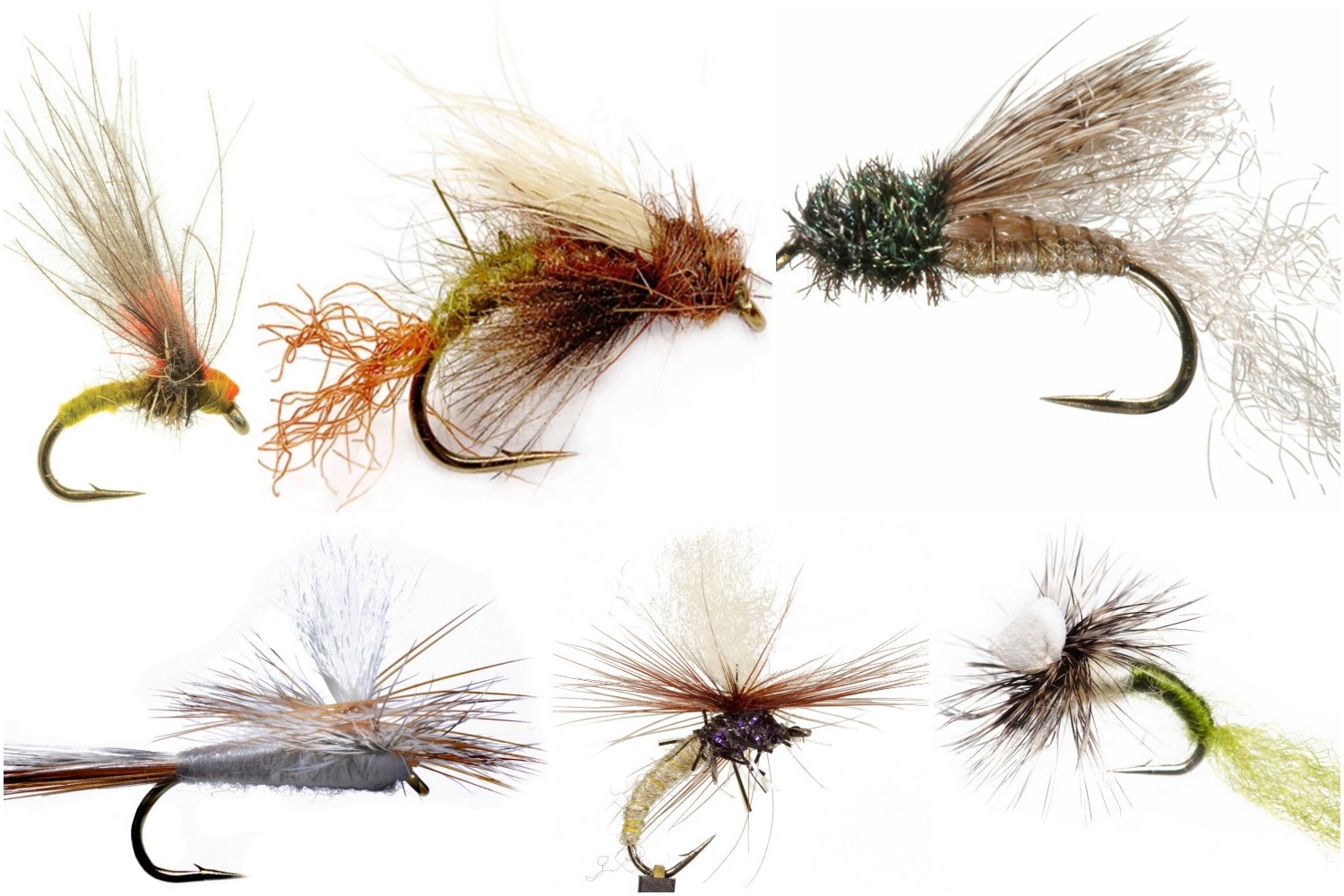THE IN-BETWEEN FLY
Emerger patterns split the difference between dries and nymphs
Advertisement
IMITATE THE EMERGER
A funny thing about emergers is that we often imitate them without realizing it. Classic wet flies are thought to mimic an insect moving to the surface, though they can’t simulate that crucial phase when the insect becomes trapped in the film. And because the world’s most popular dry fly, the Parachute Adams, sits very low in the water, it’s quite possible that fish also see it as an emerger.
Advertisement
Actual emerger flies tend to split the difference between dries and wets. They’re usually sparsely dressed, with a short or curved body made of fur, and a feature near the front to mimic a partly formed wing. To keep them near the surface, they often have just a touch of buoyant material, such as elk hair, cul de canard feathers or even foam. Many also have a wispy, scraggly tail to imitate a partially discarded nymphal form.
Perhaps because emergers are such attractive prey, fish rarely seem fussy about the colour—the size and shape and how the fly behaves in the water are the main factors. Just a couple of patterns in basic colours and sizes 16 to 10 will cover you almost anywhere in Canada.

